Sing Tehus is now B Corp certified! Read more
99,00 kr. – 1.980,00 kr.
When you translate "Anji Bai Cha", it means "white tea from Anji (a province in eastern China)" - but it's actually a green tea. The name comes from the fact that the leaves appear almost white before they are plucked. They come from trees that were thought to exist only in legends - but a few specimens of the trees were found in the 1980s. The leaves are very long, slender and needle-shaped, and in the cup they are bright green, as if they came straight from the tree.
Anji Bai Cha has the essential flavour of high mountain teas: Aroma of fresh grass, asparagus, beans, orchid and honey. Fresh and exquisite, long vegetal aftertaste with floral notes. Mild and well-balanced.
Ingredients: green tea.
Anji Bai Cha is brewed in a small teapot or gaiwan (cup with lid). Use 1 tbsp. of tea.
Do not boil the water for a long time, as you boil the oxygen out of the water.
Pour 80 degree water over the leaves.
Pull time: 1-2 minutes.
The leaves can be used 2-3 times.
Tips & Tricks
If you only brew one cup/glass at a time, you can use a kopsi or "fill-your-own" tea tray, where the leaves can float freely and release the fine aroma. When using a kopsi or. "you can also brew on the leaves again.
A small pot may be a Japanese teapot with an internal strainer or similar. The advantage of the small pot is that you brew 1-2 cups at a time and then add more tempered water when you're ready for the next cup. This allows you to utilise the potential of the leaves by brewing several times, and you get the experience of a fresh cup of tea.
Green tea is believed to have originated in China, but has spread to several countries in Asia over its 4,000-year history. Buddhist monks are believed to have brought tea to Japan around 1,400 years ago. The tea plant itself is basically the same in China and Japan, but there are differences in climate, soil and plant breeding. The biggest difference, however, is the actual processing of the harvested tea leaves. All tea comes from the same shrub, which in Latin is called camellia sinensis.
The difference between black and green tea is the degree of oxygenation/oxidisation:
Black tea is fully or partially oxidised for 12-24 hours, whereas green tea is not oxidised.
An enzyme in the green tea leaf starts the oxidisation process as soon as the leaf is plucked. To stop this process, Japanese green tea producers steam the freshly plucked leaves before packing them in airtight boxes and refrigerating them.
In China, oxidisation is stopped by briefly applying "fry" the leaves in a wok. This difference in processing gives Japanese green tea a grassy flavour, while Chinese green tea often has more delicate and floral notes. Chinese green tea is also often slightly more yellow in colour.
| Weight | N/A |
|---|---|
| Select quantity | 100 grams, 1000 grams, 50 grams, Bag of 50 grams + tin |
Anji Bai Cha is brewed in a small teapot or gaiwan (cup with lid). Use 1 tbsp. of tea.
Do not boil the water for a long time, as you boil the oxygen out of the water.
Pour 80 degree water over the leaves.
Pull time: 1-2 minutes.
The leaves can be used 2-3 times.
Tips & Tricks
If you only brew one cup/glass at a time, you can use a kopsi or "fill-your-own" tea tray, where the leaves can float freely and release the fine aroma. When using a kopsi or. "you can also brew on the leaves again.
A small pot may be a Japanese teapot with an internal strainer or similar. The advantage of the small pot is that you brew 1-2 cups at a time and then add more tempered water when you're ready for the next cup. This allows you to utilise the potential of the leaves by brewing several times, and you get the experience of a fresh cup of tea.
Green tea is believed to have originated in China, but has spread to several countries in Asia over its 4,000-year history. Buddhist monks are believed to have brought tea to Japan around 1,400 years ago. The tea plant itself is basically the same in China and Japan, but there are differences in climate, soil and plant breeding. The biggest difference, however, is the actual processing of the harvested tea leaves. All tea comes from the same shrub, which in Latin is called camellia sinensis.
The difference between black and green tea is the degree of oxygenation/oxidisation:
Black tea is fully or partially oxidised for 12-24 hours, whereas green tea is not oxidised.
An enzyme in the green tea leaf starts the oxidisation process as soon as the leaf is plucked. To stop this process, Japanese green tea producers steam the freshly plucked leaves before packing them in airtight boxes and refrigerating them.
In China, oxidisation is stopped by briefly applying "fry" the leaves in a wok. This difference in processing gives Japanese green tea a grassy flavour, while Chinese green tea often has more delicate and floral notes. Chinese green tea is also often slightly more yellow in colour.
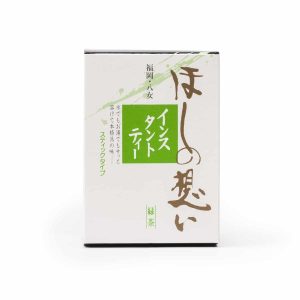
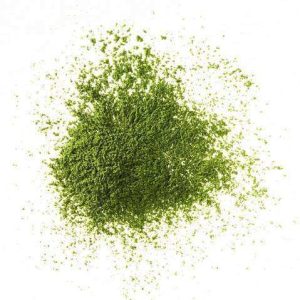
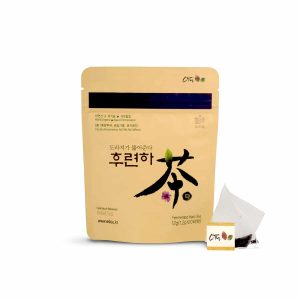
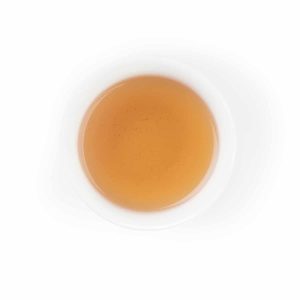
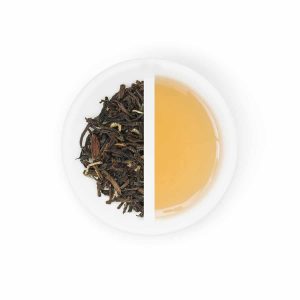

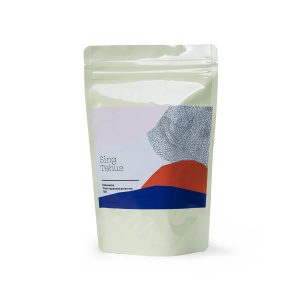
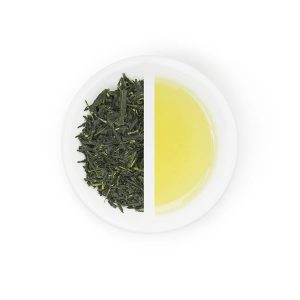
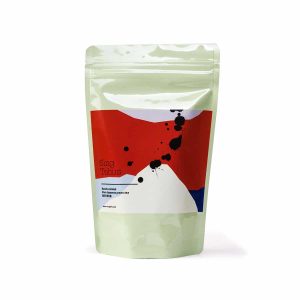

Get exclusive news and promotions delivered straight to your inbox. Also, look forward to ongoing inspiration on new ways to use tea, such as cold brewing, soothing tea face masks and much more. Sign up for the newsletter here.
Sign up for our newsletter and get 10% off your first purchase.

